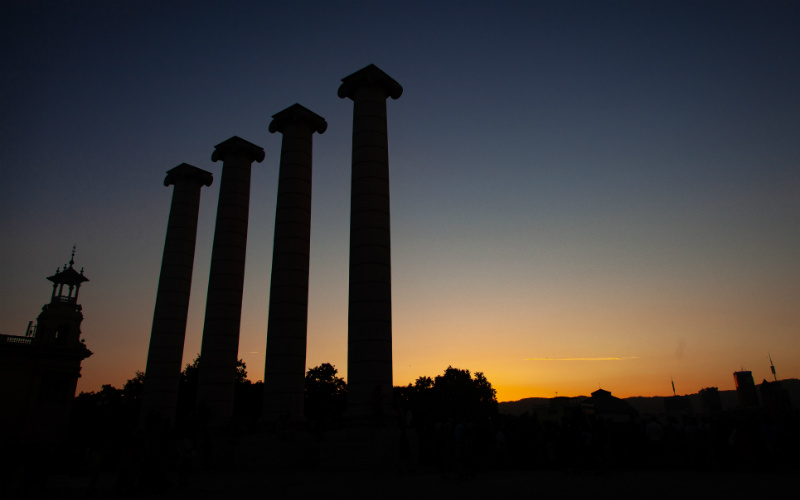Tasmania’s economy has barely beaten that of NSW to retain its title of the nation's best, according to CommSec’s latest quarterly State of the States report.
It comes as Australian state and territory economies slow on the back of rising interest rates, which have driven up borrowing and living costs.
However, things are still looking good thanks to the nation’s strong job market and growing population.
Tasmania ranked first in two of the report’s eight key indicators – equipment spending and dwelling starts.
Other indicators considered in the rankings include population growth, retail spending, economic growth, construction work, housing finance, and unemployment.

Source: CommSec State of the States - July 2023
Tasmania saw 705 dwelling commencements last quarter, 0.9% less than its decade average, while equipment investment in the state came in 23.9% higher at $287 million.
Recent Australian Bureau of Statistics (ABS) figures showed house build commencements slipped across the nation in the first quarter of 2023 – falling 39% from 2021’s peak.
“There is little to separate Tasmania from NSW in terms of economic performance,” CommSec chief economist Craig James said.
“And NSW has solid momentum on its side, leading the ranking of annual growth rates for the eight indicators.”
While Tasmania and NSW vied for the crown, South Australia’s economy came in third position.
NSW topped the lot when it came to relative unemployment and South Australia bested the rest on relative population growth.
When it came to economic growth, however, Western Australia was the obvious winner.
The state’s economic activity over the year to March was 44.1% higher than its average level of output over the decade.
“There are encouraging signs for the Western Australian economy,” Mr James said.
“Western Australia leads other states and territories on annual growth rates for two of the eight indicators.
“This points to potential to ride up the economic performance rankings over the next few years.”
Other category leaders include the ACT, which saw real retail spending increase 15.3% on its decade average, and Queensland, where the value of home loans rose 18.3% on the long-term average.
The report also found Adelaide is home to the nation’s highest inflation rate, at 7.9%.
Meanwhile, wage growth in Tasmania and Western Australia recorded the largest increase at 4.1%.
Though, real wage growth – the gap between wage growth and inflation – fell in all states and territories.
Tasmania has consistently ranked high in CommSec’s quarterly State of the States reports. It won the top spot back from Queensland in May.
However, the latest report notes that, while the state leads on two indicators, it ranks eighth when it comes to population growth.
That suggests its economic activity could soon slow.
On the other hand, NSW is said to be the nation’s “most consistent economy”.
Image by Nico Smit on Unsplash



 Harrison Astbury
Harrison Astbury
 Harry O'Sullivan
Harry O'Sullivan




